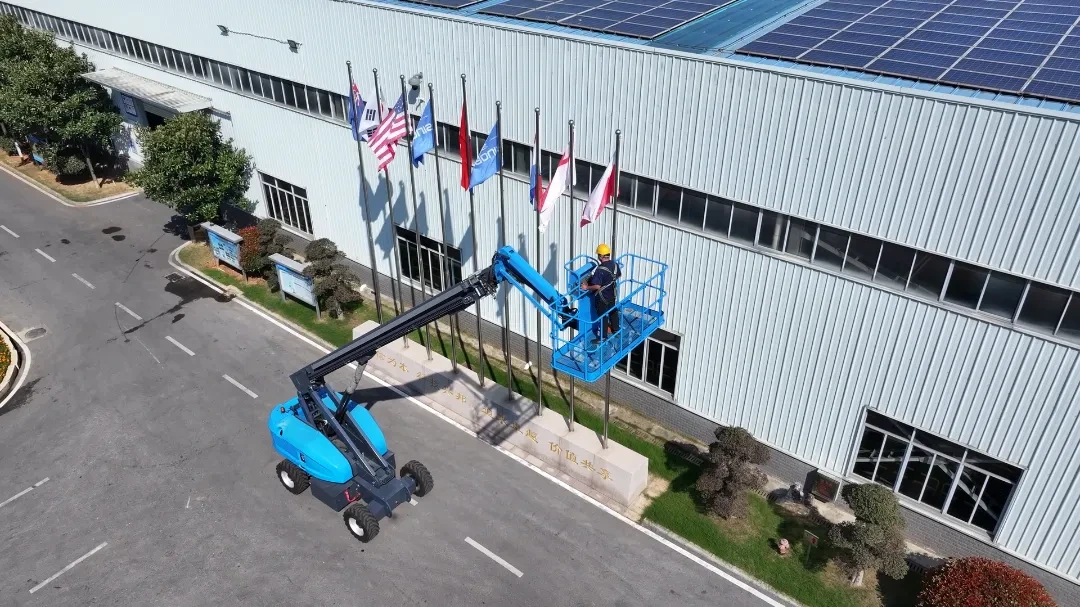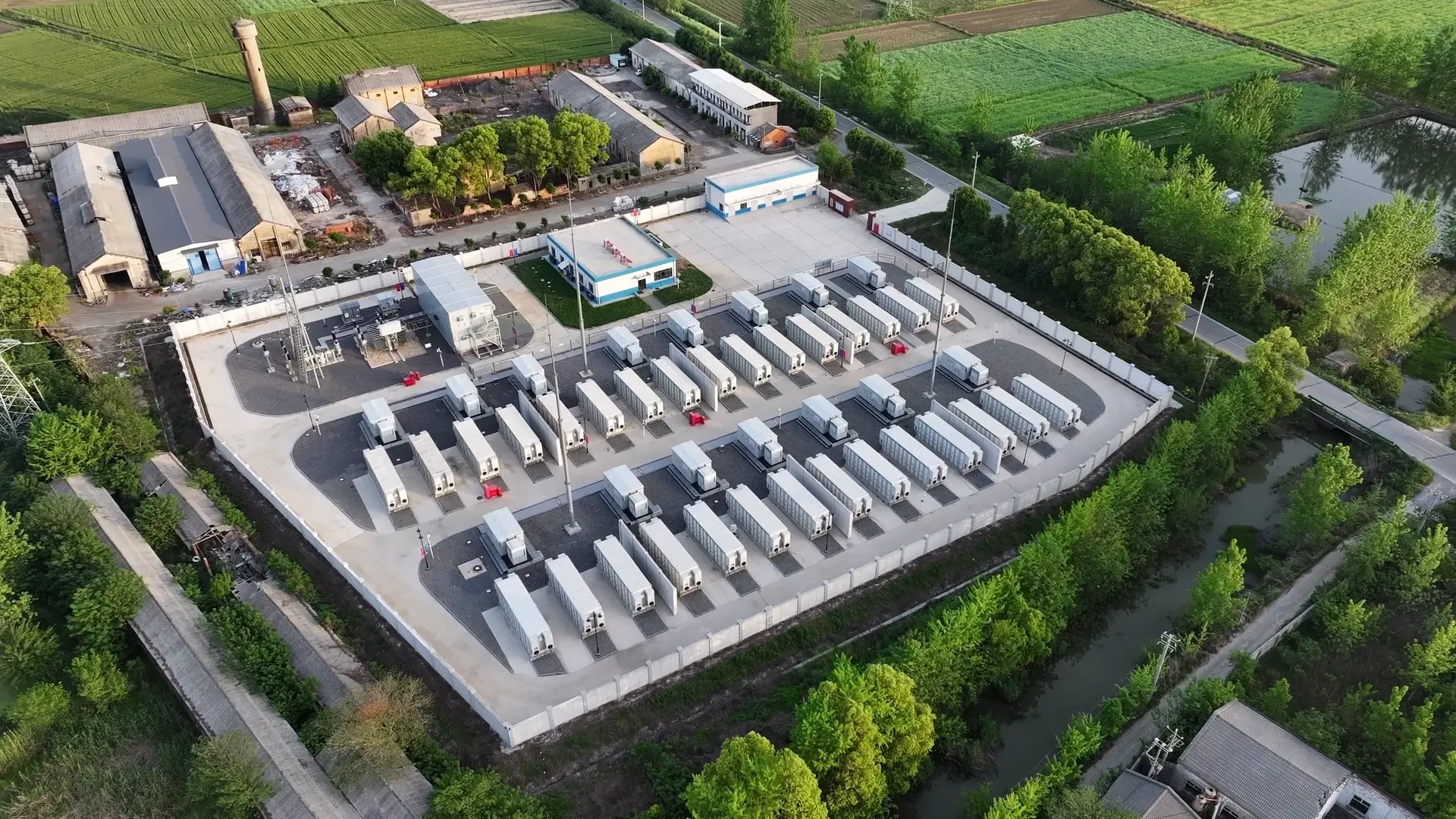Challenges Facing Telecom Batteries
Telecom sites are often located in remote or unattended areas, leaving batteries vulnerable to theft, vandalism, and environmental damage. Stolen or damaged batteries can cause network outages, service disruptions, and costly emergency repairs. Traditional security measures, such as physical locks or routine maintenance visits, are often insufficient to fully protect these critical assets.In addition, without continuous monitoring, small battery issues—like voltage drops or overheating—can go unnoticed until they escalate into major failures, increasing operational risk and maintenance costs.
How to Solve the Problem
To overcome these challenges, telecom operators need solutions that combine battery health monitoring with robust security features. Real-time monitoring and smart anti-theft technologies allow early detection of problems, quick response to threats, and reliable, uninterrupted network operation. The following solutions illustrate how these challenges can be effectively addressed.
Remote Monitoring
Remote monitoring systems continuously track the health and performance of telecom batteries in real time. They measure important parameters such as voltage, temperature, and charge levels to ensure the batteries are operating within safe limits. If the system detects abnormal conditions—like overheating, rapid capacity loss, or irregular charging—operators receive instant alerts. This early warning allows them to take quick action before a small issue develops into a major failure. By reducing the need for frequent on-site inspections, remote monitoring not only lowers operational costs but also improves network reliability and service continuity, which are critical for telecom operations.
Anti-Theft Design
Modern telecom batteries are equipped with built-in anti-theft features to safeguard these valuable power assets, especially at remote or unattended sites.
1. Rugged Enclosures
Strong and durable casings protect the batteries from physical damage. Even if someone attempts to tamper with or vandalize the battery, the enclosure adds an extra layer of defense and helps extend the battery’s service life.
2. Smart Tracking Systems
Telecom batteries with advanced tracking system such as GPS or RFID make it possible to track the location of batteries. If a battery is removed or stolen, operators can quickly identify its position and recover it faster, minimizing financial loss and downtime.
3. Tamper Detection
Sensitive sensors can detect unauthorized access or attempts to interfere with the battery. Once tampering is detected, the system sends immediate alerts to operators, enabling them to take prompt action, such as dispatching security staff, before the situation worsens.
Together, these anti-theft measures ensure that telecom batteries remain secure and reliable, protecting both the investment and the stability of the telecom network.
Benefits of Combining Monitoring and Security
1. Higher Reliability
Real-time monitoring detects potential failures early, enabling preventive action and reducing unexpected downtime.
2. Stronger Protection
Anti-theft features such as rugged enclosures, smart tracking, and tamper alerts safeguard batteries against theft and vandalism.
3. Lower OPEX
Fewer on-site inspections, reduced emergency repairs, and longer battery lifespan help operators cut operating costs significantly.
Conclusion
Protecting telecom batteries is essential for maintaining reliable network operations, especially as networks grow and 5G coverage expands. Investing in batteries with remote monitoring and anti-theft features allows operators to detect problems early, prevent theft or damage, and ensure continuous service. By combining smart monitoring with secure design, operators can reduce costs, avoid unexpected downtime, and support smooth network expansion with confidence.
Explore our advanced telecom battery solutions now, and find a solution for your sites to build more secure and reliable telecom networks.




























 2025-09-11
2025-09-11 Name
Name Tel
Tel Email
Email Country
Country Company
Company Information
Information